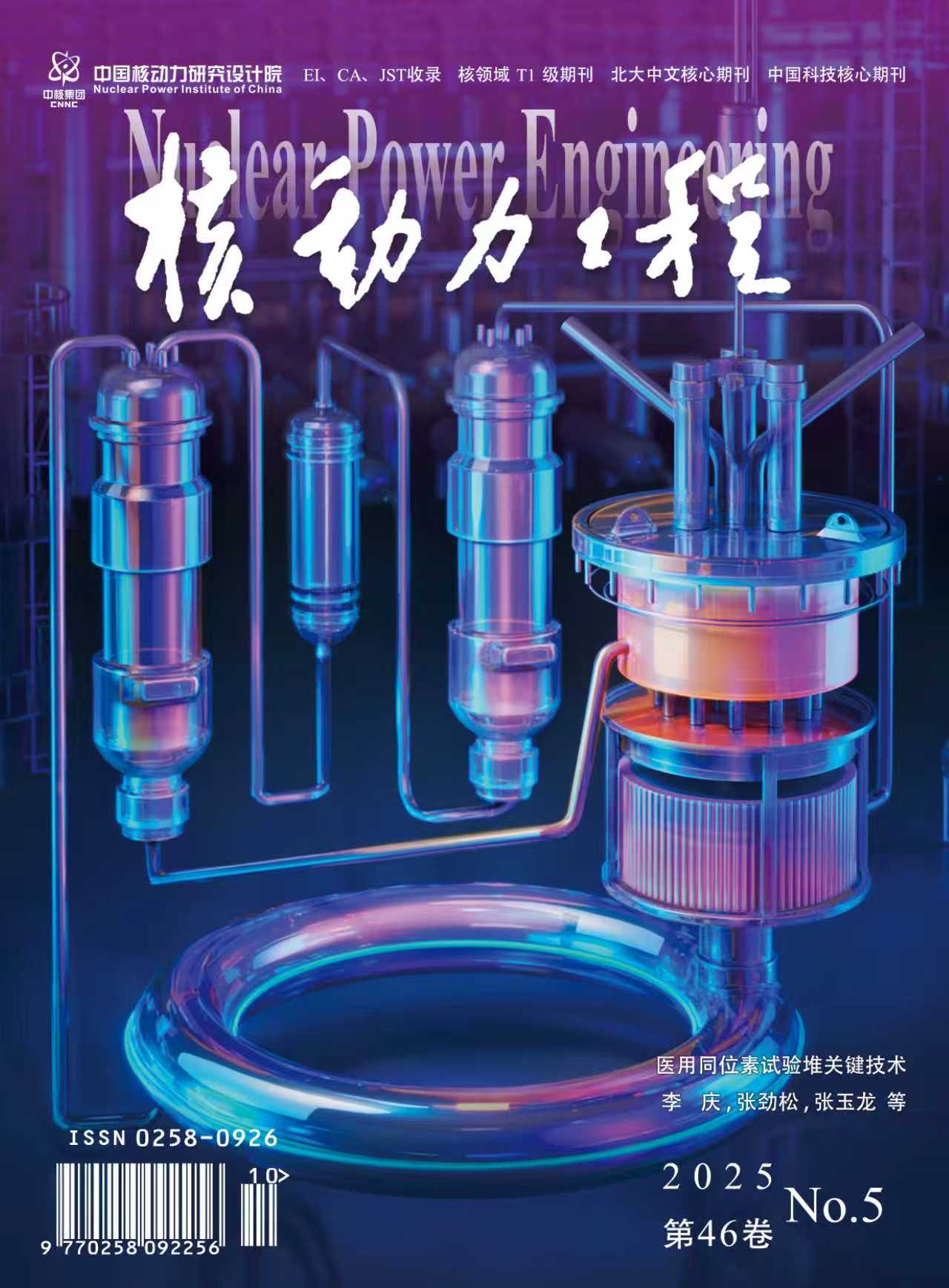2008 Vol. 29, No. 4
Display Method:
Study on In-Core Physical Design Limit Zone for Lead Bismuth Eutectic Cooled Long-life Cycle Reactor
2008, 29(4): 1-4,23.
Abstract:
2008, 29(4): 5-9,30.
Abstract:
2008, 29(4): 10-13,30.
Abstract:
2008, 29(4): 14-18.
Abstract:
2008, 29(4): 19-23.
Abstract:
2008, 29(4): 24-30.
Abstract:
2008, 29(4): 31-34,92.
Abstract:
2008, 29(4): 35-38,49.
Abstract:
2008, 29(4): 39-43.
Abstract:
2008, 29(4): 44-49.
Abstract:
2008, 29(4): 50-56.
Abstract:
2008, 29(4): 57-62.
Abstract:
2008, 29(4): 63-68,73.
Abstract:
2008, 29(4): 69-73.
Abstract:
2008, 29(4): 74-78.
Abstract:
2008, 29(4): 79-83.
Abstract:
2008, 29(4): 84-87,122.
Abstract:
2008, 29(4): 88-92.
Abstract:
2008, 29(4): 93-96.
Abstract:
2008, 29(4): 97-99.
Abstract:
2008, 29(4): 100-103,116.
Abstract:
2008, 29(4): 104-107,116.
Abstract:
2008, 29(4): 108-111.
Abstract:
2008, 29(4): 112-116.
Abstract:
2008, 29(4): 117-122.
Abstract:
2008, 29(4): 123-126,139.
Abstract:
2008, 29(4): 127-130,144.
Abstract:
2008, 29(4): 131-134.
Abstract:
2008, 29(4): 135-139.
Abstract:
2008, 29(4): 140-144.
Abstract:



